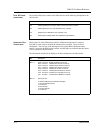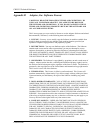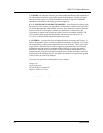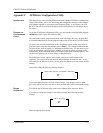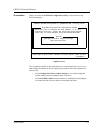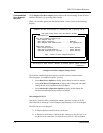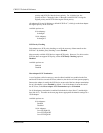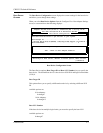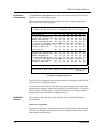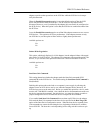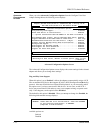
CBI/CGI Technical Reference
Chassis Plans C-5
priority and SCSI ID 0 has the lowest priority. For 16-bit devices, the
priority of IDs is 7 through 0, then 15 through 8,with SCSI ID 7 having the
highest priority and SCSI ID 8 having the lowest priority.
All adapters (8-bit and 16-bit) have a default SCSI ID of 7, which gives the host adapter
the highest priority on the SCSI bus.
Available options are:
8-bit Adapters:
0 through 7
16-bit Adapters:
0 through 15
SCSI Parity Checking
Each adapter uses SCSI parity checking to verify the accuracy of data transfer on the
SCSI bus. By default, parity checking is set to Enabled.
Most currently available SCSI devices support SCSI parity. However, if a device on the
SCSI bus does not support SCSI parity, set the SCSI Parity Checking option to
Disabled.
Available options are:
Enabled
Disabled
Host Adapter SCSI Termination
A set of resistors, called terminators, must be either installed in or enabled on the first
and last SCSI devices on each SCSI bus; otherwise, the devices will not operate properly.
Because the adapter is usually the SCSI device at one end of the bus, adapter termination
for an 8-bit adapter is set to Enabled by default. If an 8-bit adapter is not at the end of
the SCSI bus, set the Host Adapter SCSI Termination option to Disabled.
On 16-bit adapters, termination is enabled for both the low byte (bits 0-7) and the high
byte (bits 8-15). The table on the next page shows appropriate termination settings for a
16-bit adapter:
Available options are:
8-bit Adapters:
Enabled
Disabled
16-bit Adapters:
Low ON/High ON
Low OFF/High OFF
Low OFF/High ON




